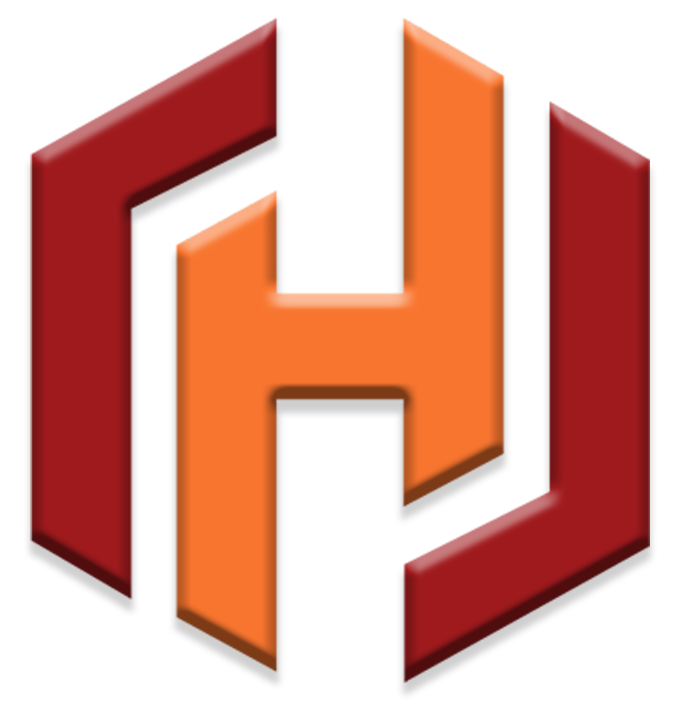lighting components
Best NABL testing House in Noida
Lighting components refer to various electronic and electrical elements that are used in lighting systems to generate, control, and distribute light. These components are essential for creating different types of lighting effects, optimizing energy efficiency, and ensuring safe and reliable illumination.
- Energy Efficiency Evaluation
- Performance Standard Compliance
- Star Rating Certification
- • Measure the amount of light emitted by lamps and LEDs to verify their brightness and luminous efficacy.
- • Evaluate the color characteristics of light sources to ensure they meet specified color temperatures and provide accurate color rendering.
- • Measure the energy consumption of lighting components and calculate their energy efficiency.
- • Assess the thermal performance of lighting components by measuring temperature rise and verifying proper heat dissipation mechanisms.
- • Test the dimming capabilities of lighting components and evaluate flicker levels, especially for dimmable LEDs.
- • Run lighting components through accelerated life tests to estimate their operational lifespan and long-term reliability.
- • Evaluate the susceptibility of lighting components to electromagnetic interference (EMI) and ensure compliance with EMC standards.
- • Subject lighting components to various environmental conditions (temperature, humidity, vibration) to assess their performance and durability.
- • Evaluate the light distribution patterns of components like reflectors, diffusers, and lenses to ensure desired lighting effects.
- • Verify that lighting components adhere to safety standards and regulations to prevent hazards to users and equipment.
- • Assess the consistency of color and light output across multiple units of the same lighting component.
- • Test the ability of lighting components to withstand frequent on/off switching without degradation.
- • Measure electrical characteristics such as voltage, current, power factor, and harmonic distortion.
- • Expose lighting components to mechanical vibrations and shocks to ensure they can withstand transportation and operational conditions.
- • Test the compatibility of lighting components with control systems, dimmers, and other related equipment.
- • Review technical specifications, user manuals, and compliance documentation to verify accuracy and completeness.
- • Implement quality control procedures to ensure consistent product performance.
- • Document test procedures, results, and any deviations from expected performance.
PRODUCTS
- • Head Lamps
- • Tail Lamps
- • Dipper Lights
- • Halogen Bulbs
- • Internal Lights
STANDARDS
- • ASTM G 154
- • ISO4892-3
- • IEC 60068-2-1
- • IS 9000
- • ASO D 001
- • IEC 60068-2-30
- • IEC 60068-2-78
- • ASTM B117
- • DIN 50021
- • IS 5528
- • ISO-10289
- • ISO-9227
- • JISZ2371
- • IEC-60068-2-14
- • SAE J1455
- • IS D 1601
- • IEC 60068-2-6
- • IEC 61373
- • IEC-60068-2-27
- • IEC-60068-2-64
- • ISO 16750
- • SAE J1211
- • ISO 10605
- • JSS 55555:2012
- • JIS D 1601
- • JIS D 5500
- • MIL 810 – H
- • MIL810 G
- • JASO D 001
- • QM 333
- • JSS 50101
TESTS
- • Humidity Chamber Test
- • Hot And Cold Conditioning Test
- • Thermal Shock
- • Cyclic Environmental Corrosion
- • Dust And Water (Ingress Protection)
- • Xenon Arc Weathering Test
- • UV Resistance
- • Gloss
- • Color
- • Opacity
- • Corrosion (Cyclic)
- • VOC
- • Scratch Hardness
- • Vibration test
- • 1.5 Ton and 6 Ton Shaker
- • VRC Controller
- • With environmental
chamber - • Durability Bench Test
- • Pneumatic Life cycle
- • Mechanical Strength
House of Testing is a premier testing laboratory based in Noida, offering a wide range of product testing services. We are accredited by NABL and recognized by BIS, ensuring reliable and high-quality test results.
Email : info@houseoftesting.com
Working days : Monday to Saturday
Working timing : 9:30 AM TO 6:30 PM
FAQs
Got Questions?
We Have Answers!
House of Testing is a premier testing laboratory based in Noida, offering a wide range of product testing services. We are accredited by NABL and recognized by BIS, ensuring reliable and high-quality test results.
We offer testing services for various categories including electrical and electronic products, household appliances, IT equipment, lighting products, and more, as per Indian and international standards.
Yes, our lab is BIS-recognized, and our reports are accepted for BIS registration and certification processes.
Yes, House of Testing is accredited by NABL, ensuring compliance with ISO/IEC 17025 standards for competence in testing and calibration laboratories.
You can contact our customer support or visit our lab in Noida. We will guide you through the sample submission, documentation, and testing process.
Turnaround time varies depending on the type of product and testing scope, but we strive to deliver test reports in the shortest possible time without compromising quality
We follow both Indian (BIS/ISI) and international standards (IEC, ISO, etc.) based on the client’s requirement or regulatory needs.
We cater to a wide range of industries including:
Consumer electronics
Electrical appliances
Automotive components
Telecom equipment
LED lighting and more



